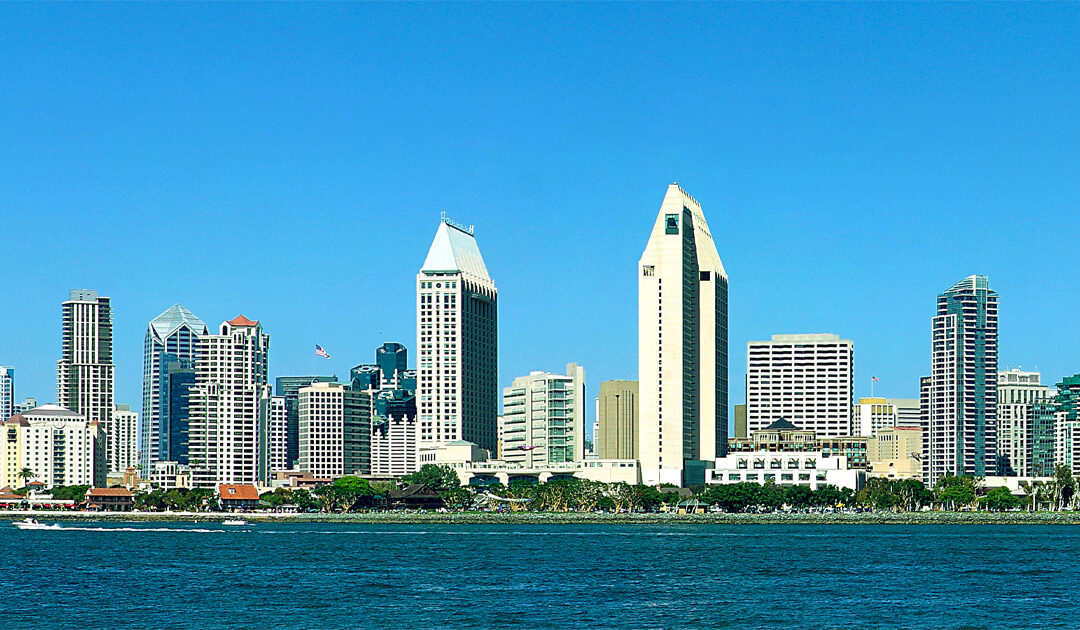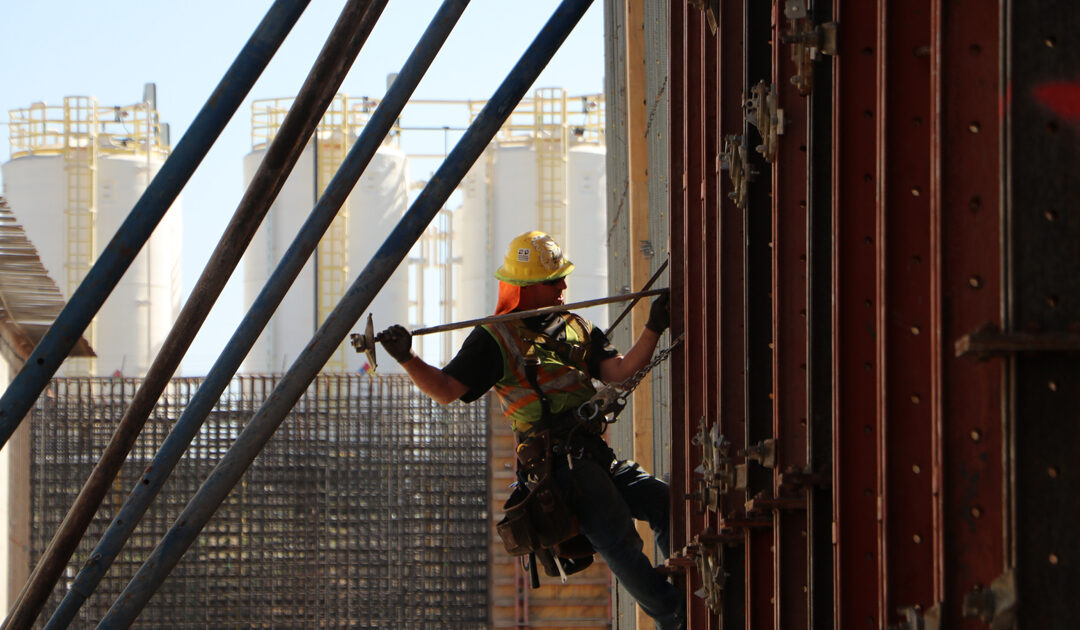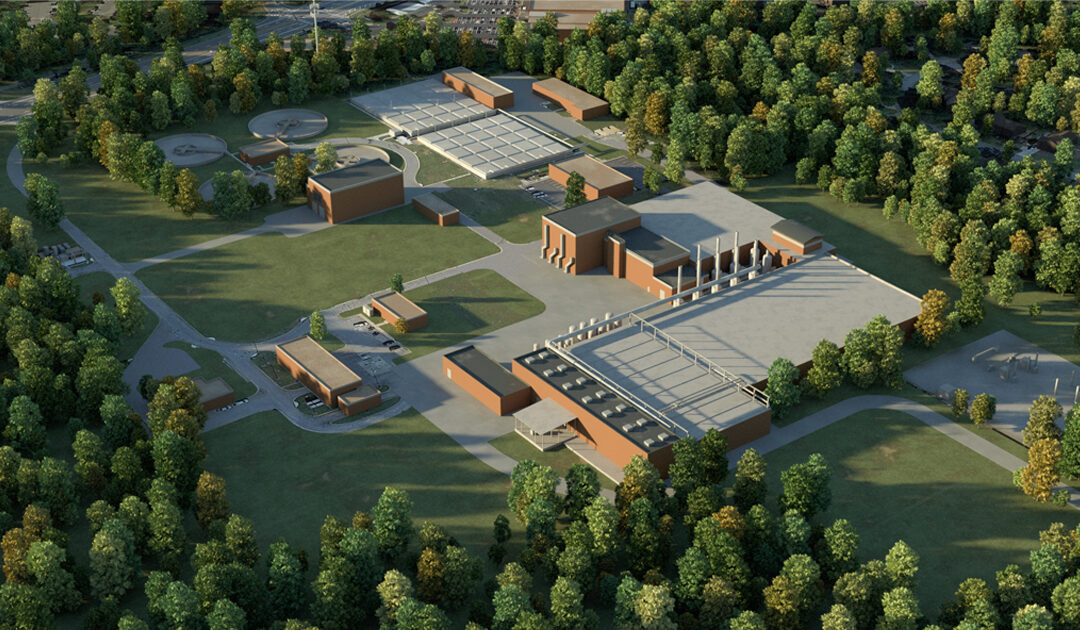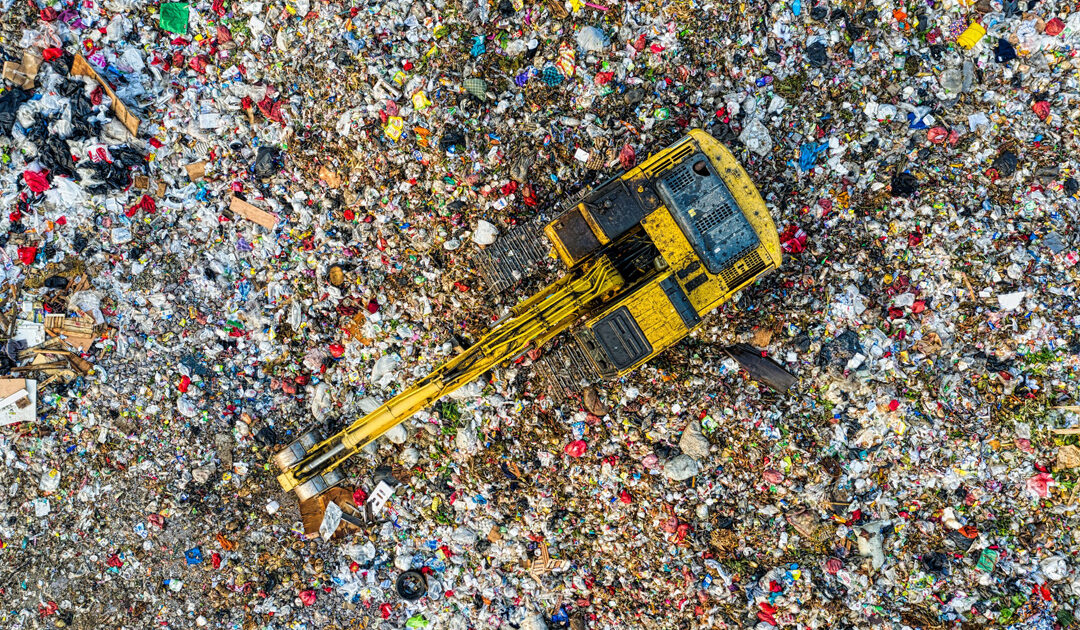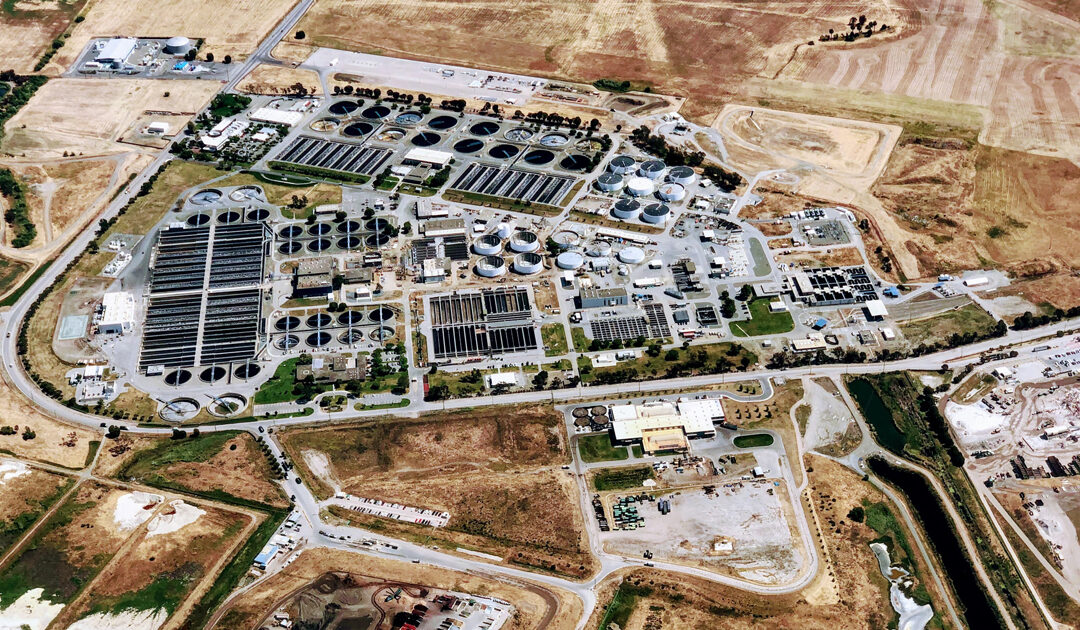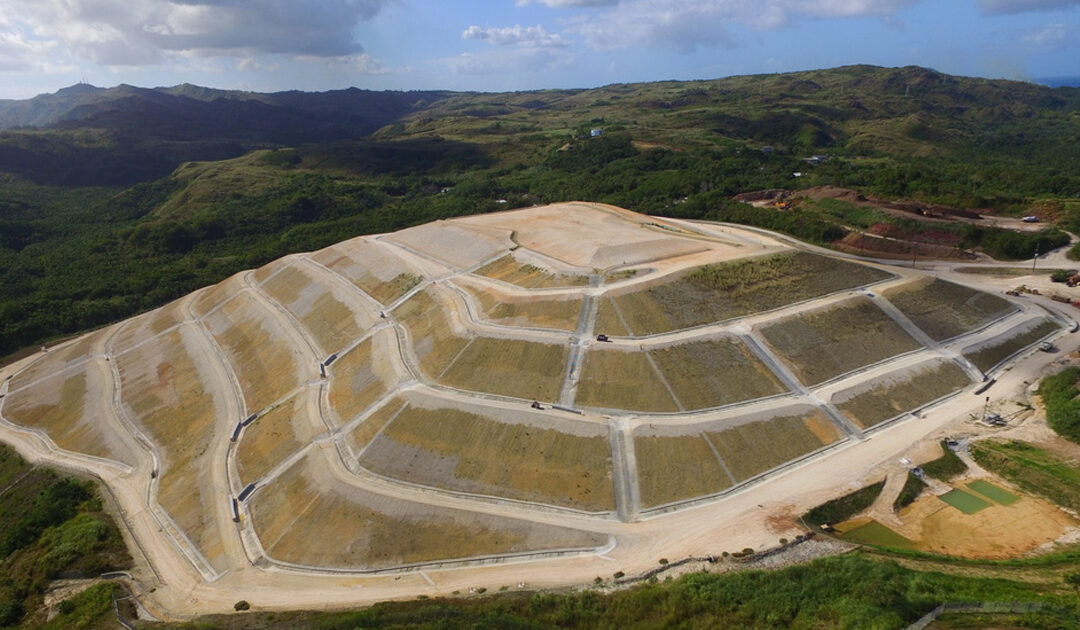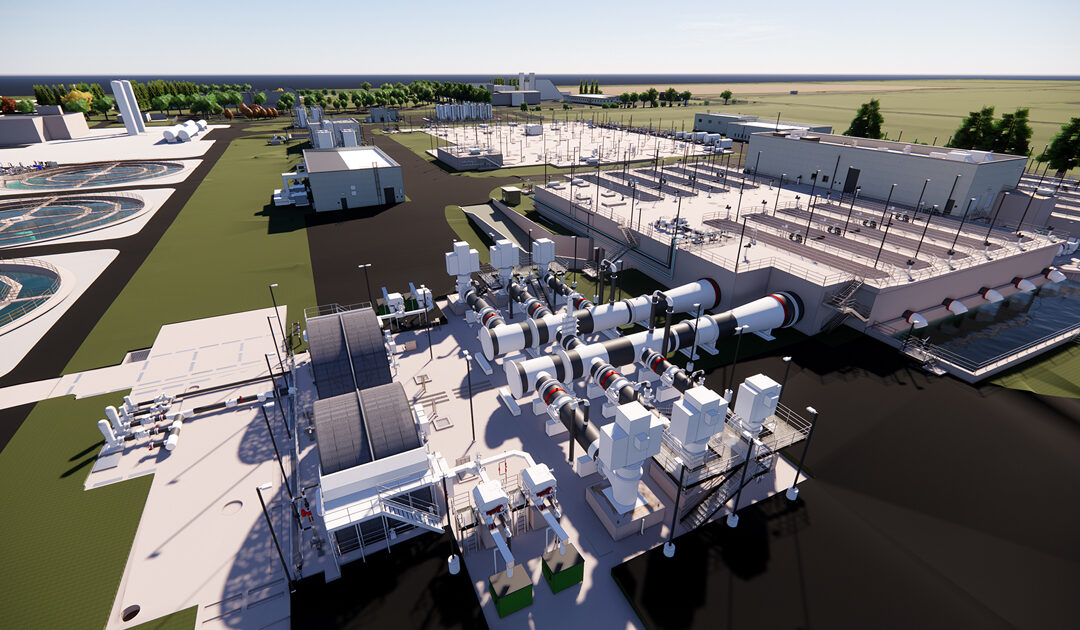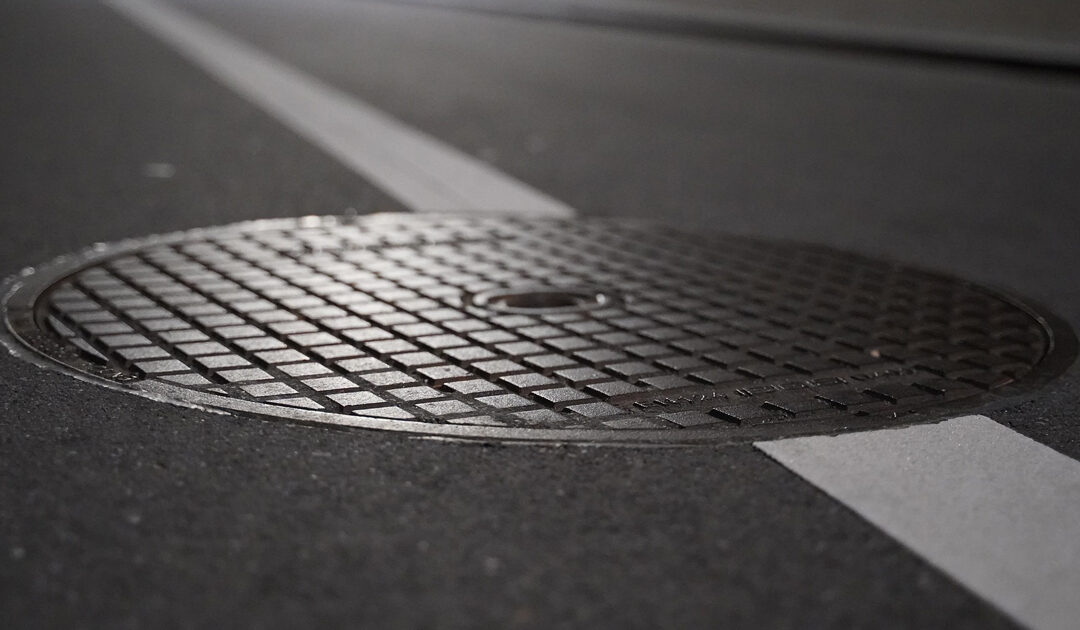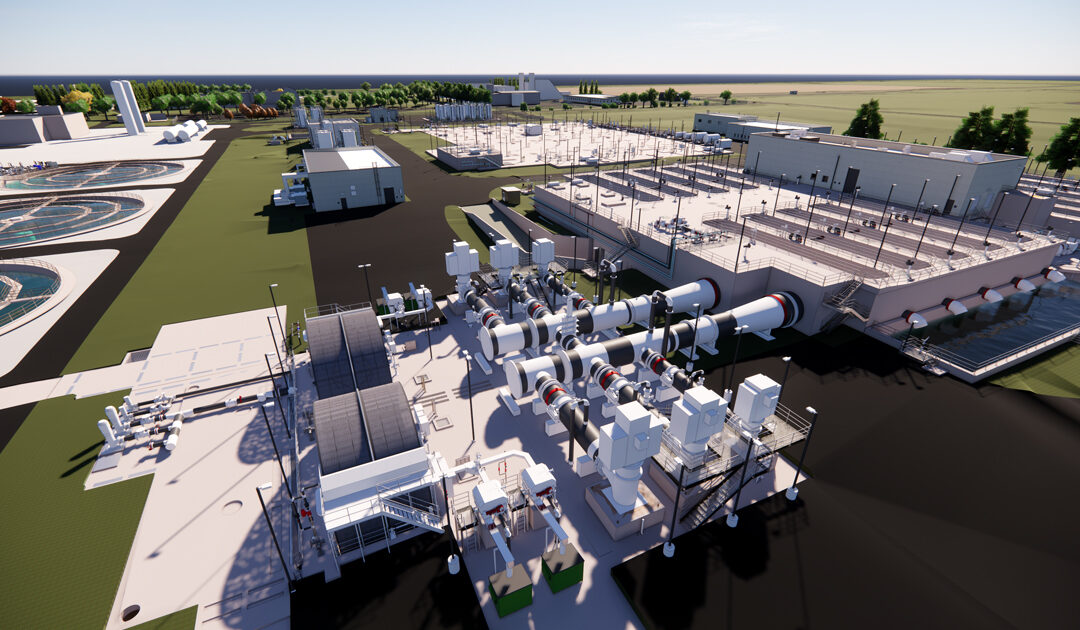SAN DIEGO — The City of San Diego’s $3 billion Pure Water San Diego Program has achieved a significant milestone on its path to providing one-third of San Diego’s water supply locally by the end of 2035. A National Pollutant Discharge Elimination System (NPDES) permit has been granted to the City by the San Diego Regional Water Quality Control Board to add purified water to the Miramar Reservoir for Phase 1 of the Program.
The Pure Water San Diego Program is a phased, multi-year program that uses proven technology to produce a safe, reliable, and cost-effective water supply for the City. The Program will help the City overcome its water challenges by transforming the City’s existing water system into a complete water cycle that maximizes the use and reuse of its water supply and reduces ocean discharges. Phase 1 of the Program includes a series of facilities and pipelines to clean recycled water to produce 30 million gallons per day (MGD) of high-quality purified water, reducing the City’s dependence on imported water from Northern California and the Colorado River. The purified water will blend with the City’s imported and local water sources and be re-treated at the Miramar Water Treatment Plant before distribution to the public. Phase 1 projects include the Morena Pump Station and Pipelines, North City Water Reclamation Plant Expansion, North City Pure Water Facility, and North City Pure Water Pump Station and Pipeline.
Part of the Clean Water Act, NPDES permits contain discharge limits, monitoring and reporting requirements, and other provisions to address water pollution by regulating point sources that discharge pollutants to waters of the United States. The NPDES permit issued to the City is the first for a reservoir augmentation project in California and a major milestone for the Pure Water San Diego Program.
“Water supply is perhaps the most critical issue that San Diego must continue to address given its semi-arid climate and reliance on imported supplies. Pure Water San Diego is an essential component to ensure the long-term health and vibrancy of one of the world’s most desirable places to live.”
San Diego Public Utilities Department Assistant Director John Stufflebean
The Stantec/Brown and Caldwell team is providing program management services to support the City with Phase 1 of the Program from planning through implementation, including the integration of all services and facilities.
“Our team applauds the City of San Diego’s leadership team on this significant milestone for this important, high-profile program,” said Stantec Consultant Program Manager Doug Owen. “Pure Water San Diego and the City’s vision to create a new, sustainable water supply for generations to come is a foundational model for future potable reuse projects.”
Early site work construction activities at the North City Water Reclamation Plant and the future Pure Water Facility are currently underway as part of Phase 1 of the Program.
